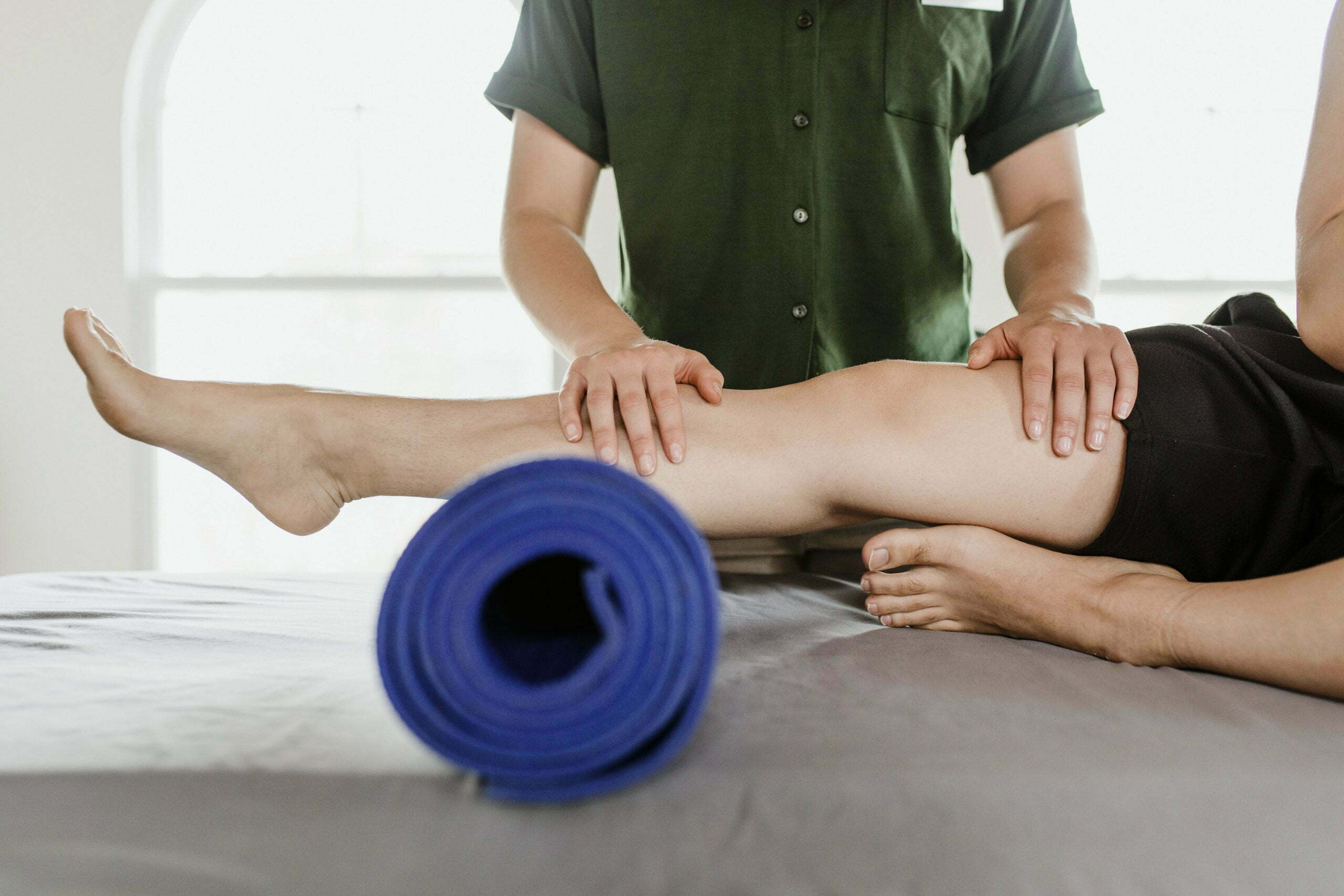Living with a permanent medical disorder can be challenging. Your symptoms might impair your ability to work in your chosen field or prevent you from engaging in your favorite recreational activities. Your symptoms can also interfere with your ability to perform routine daily living tasks.
Millions of people learn they have chronic illnesses each year. A small percentage of these people are diagnosed with chronic inflammatory demyelinating polyradiculoneuropathy (CIDP). CIDP is an uncommon autoimmune disorder affecting the nerves. Read on to learn more about CIDP and how to stay active after your CIDP diagnosis.
What is CIDP?
Medical experts first identified CIDP in the 1970s. CIDP affects a small number of people, and researchers still don’t know what causes it. Although it’s more common among men and people in their 50s and 60s, anyone can get CIDP. Symptoms include loss of balance, tingling in your limbs, and loss of arm and leg strength. It’s often misdiagnosed as Guillain-Barré syndrome.
Medical treatment will help you stay active.

Ensuring you stay active begins with a correct diagnosis and effective medical treatment. When you have CIDP, your immune system attacks your myelin and damages your nerves. Consequently, one of the ways to treat CIDP involves preventing your immune system from attacking your myelin. Prolonged attacks can cause progressive weakness in your arms and legs, and without appropriate treatment, you could lose feeling in your limbs.
Taking corticosteroids is one way to suppress your immune system and prevent attacks. Your physician may prescribe corticosteroids to prevent additional nerve damage. Intravenous immune globulin (IVIG) is another treatment for CIDP. IVIG is a good option if your symptoms make it difficult for you to take oral medications. CIDP patients also experience symptom relief faster with IVIG because it goes straight into the bloodstream. CIDP patients may also benefit from plasmapheresis, which involves replacing blood plasma with a plasma substitute.
CIDP patients benefit from physical therapy (PT).

Physical therapists are medical experts with doctoral degrees in their field. They evaluate patients and develop treatment plans using exercise to address their patients’ symptoms. You’ll benefit from completing PT exercises that strengthen your muscles and improve your coordination because you’ll be able to move safely and retain the use of your limbs.
Low-impact sports can help you stay active.

Since coordination and balance issues are common CIDP symptoms, you may not want to take up rock climbing to stay active. However, you can benefit from pursuing low-impact sports such as disc golf. Disc golf involves throwing discs at targets to score points. Your goal is to complete the course without throwing the discs more than your opponents. Playing disc golf is a great way to use your arms and legs while engaged in physical activity because you use your arms to throw the disc and balance your body, and you must walk between targets.
You can also play golf. Check out some golf tips for beginners before you book a tee time and head to your local golf course. Golf involves holding clubs, completing a full swing, and hitting the golf ball until you get it in the next hole. Like disc golf, your goal’s to complete the course without taking more shots than your opponents. Each hole also has a designated number of anticipated strokes per hole, giving you a target for each hole. You’ll benefit from using your arms for balance and walking between holes.
Yoga’s another recreational option you can consider. Yoga helps people build body strength, which will help you maintain your muscle mass. Yoga also improves coordination and balance, and since yoga strengthens your body’s core, you’ll also enjoy better posture.
CIDP is a rare, incurable autoimmune disorder. You can stay active after a CIDP diagnosis by pursuing appropriate treatment, seeing a physical therapist, and engaging in low-impact activities to improve your balance and coordination.






